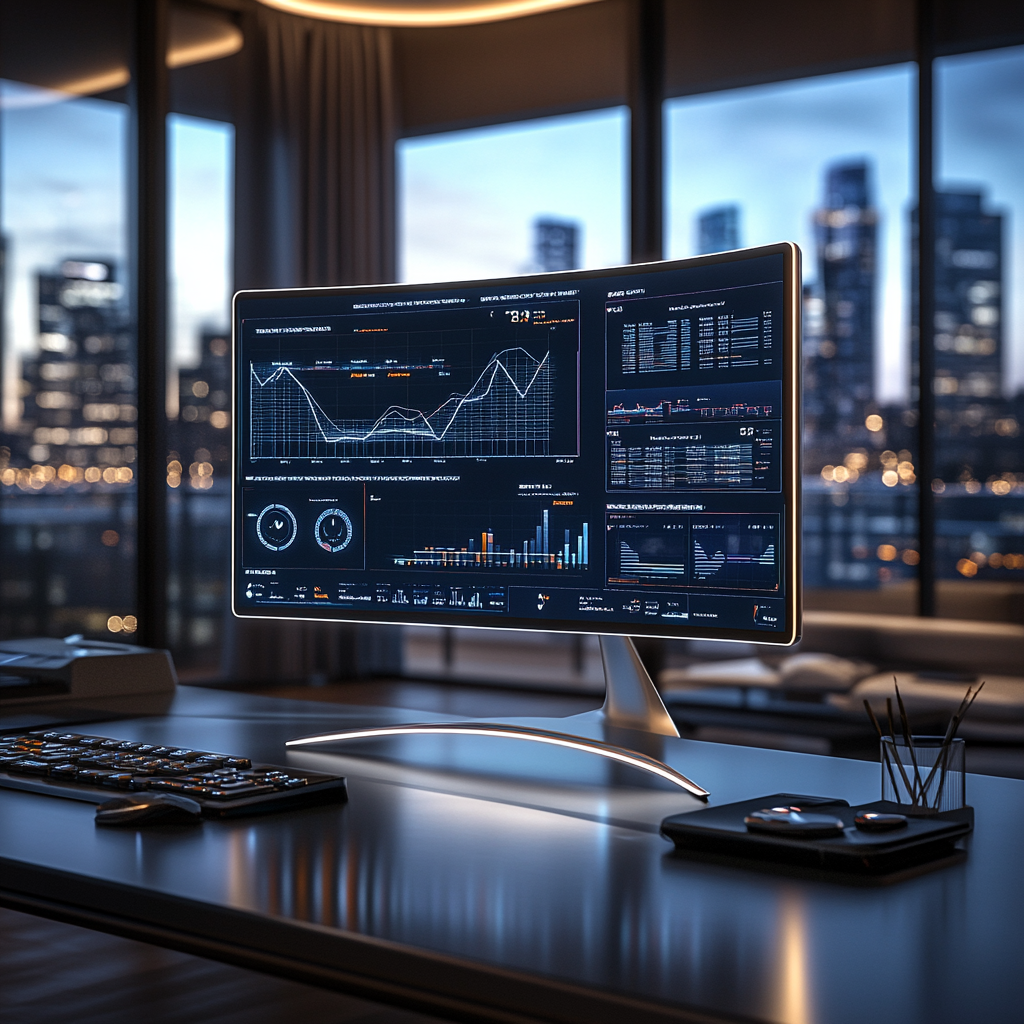
Introduction to OceanSim: Transforming Underwater Robotics Simulation
The University of Michigan has developed OceanSim, a cutting-edge underwater simulation platform that utilizes high-performance GPU acceleration. This simulator is designed to enhance marine robotics applications, such as marine exploration, infrastructure inspection, and environmental monitoring. By providing researchers and engineers with a reliable tool for underwater environments, OceanSim addresses the challenges associated with traditional underwater data collection methods, which are often resource-intensive and risky.
Challenges in Underwater Robotics
Developing perception systems for underwater robots poses unique challenges that differ significantly from those faced by terrestrial robots. The need for complex hardware setups and extensive fieldwork can make real-world data collection impractical and costly. As a solution, underwater simulation platforms like OceanSim offer controlled and repeatable environments, allowing for scalable testing without the risks associated with physical deployments.
Advancements in Underwater Simulation
Previous efforts in underwater simulation have focused on improving performance. Early models, such as those based on ROS Gazebo, provided basic hydrodynamic simulations but lacked high-quality visual rendering. Recent advancements, including game engine-based simulators like HoloOcean and UNav-Sim, have improved visual fidelity. NVIDIA Isaac Sim has emerged as a high-performance alternative that integrates seamlessly with the NVIDIA Omniverse ecosystem, offering photorealistic rendering and robust simulation capabilities.
Introducing OceanSim
OceanSim builds upon the strengths of NVIDIA Isaac Sim, incorporating high-fidelity physics-based rendering and real-time ray tracing. This simulator allows users to customize underwater environments and robotic sensor configurations, making it an essential tool for underwater robotics research. Key features of OceanSim include:
- Real-time GPU-accelerated ray tracing: Provides realistic underwater visuals.
- Customizable sensor models: Includes specialized underwater sensors for various applications.
- Simultaneous operation: Enables real-time robot control and data visualization during simulation.
Performance Evaluation
In rigorous testing, OceanSim demonstrated superior performance in underwater imaging and sonar rendering compared to existing simulators like HoloOcean. For instance, OceanSim achieved the best RGB angular error in imaging tests and outperformed HoloOcean in sonar rendering speed, significantly reducing overhead time during scene initialization.
Future Directions and Limitations
Despite its advancements, OceanSim has limitations. It currently lacks precise modeling of underwater vehicle dynamics and fluid dynamics, which are crucial for realistic simulations. Furthermore, the beta version primarily targets developers, requiring programming skills for new simulation scenarios. The absence of a user-friendly graphical interface and multi-agent communication simulation capabilities also poses challenges for broader adoption.
Conclusion
OceanSim represents a significant leap forward in underwater simulation technology, providing a flexible and powerful framework for marine robotics research. As the platform evolves, comprehensive documentation will support its adoption within the research community. While challenges remain, the ongoing development of OceanSim holds great promise for advancing the field of underwater robotics.
If your organization is interested in leveraging AI technologies similar to OceanSim to enhance business operations, consider these practical steps:
- Identify processes that can be automated to improve efficiency.
- Determine key performance indicators (KPIs) to measure the impact of AI investments.
- Select customizable tools that align with your business objectives.
- Initiate small-scale projects, analyze their effectiveness, and gradually expand AI applications.
For expert guidance on managing AI in your business, contact us at hello@itinai.ru or connect with us on our social media platforms.


























